3.1 Play therapy in action
Children often find it easier to talk while they are playing. In a play-based therapy a practitioner uses a range of toys, books or other activities as a way of encouraging children to communicate their feelings and thoughts. The therapist will listen and observe the child during a play therapy session. In Session 5 you examined the importance of listening to children, the points covered included:
- the importance of listening to the ‘whole child’, not just what they say verbally
- keeping the child at the centre of the listening process
- allowing the child to take the lead
- how listening was related to the processes of attachment and attunement.
Attunement can be perceived as the art of reading body language, reading what the child is doing in their attempt to communicate with us. As adults, we need to feel open to what children are saying, demonstrating and expressing. Then we can affirm what they have said by repeating their expressions and body language so that we are ‘in tune’ with what they want us to see, rather than what we think we want for or from them.
Activity 2 Counselling children through play therapy
As you listen to Christine (who is a play therapist) in the following video clips, consider how she is explaining the art of listening to children and how she allows the child to take the lead in the counselling process.
You might want to watch all the video clips at once or just dip into each as and when you want to.
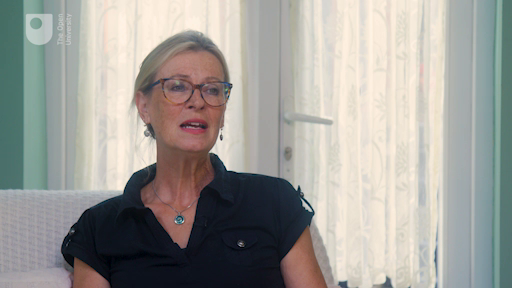
Transcript: Video 1
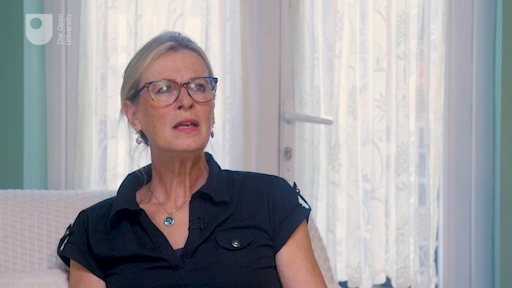
Transcript: Video 2
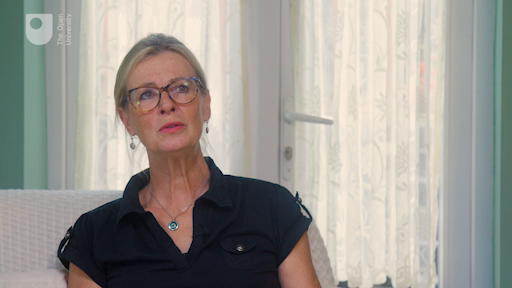
Transcript: Video 3
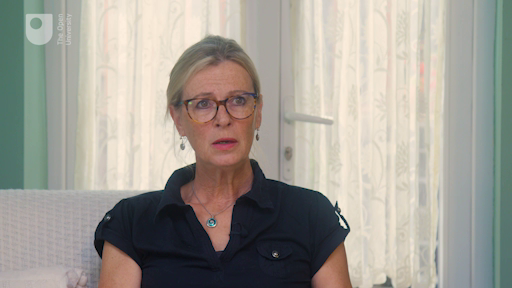
Transcript: Video 4
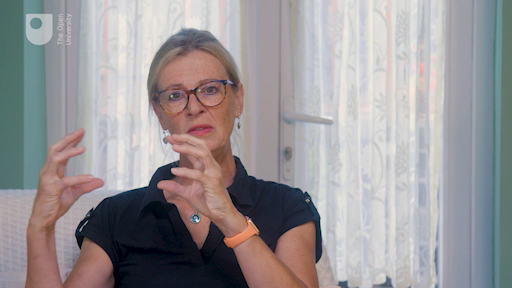
Transcript: Video 5
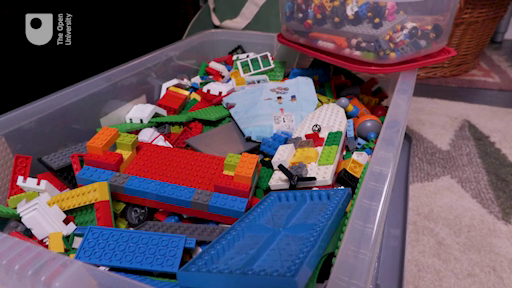
Transcript: Video 6
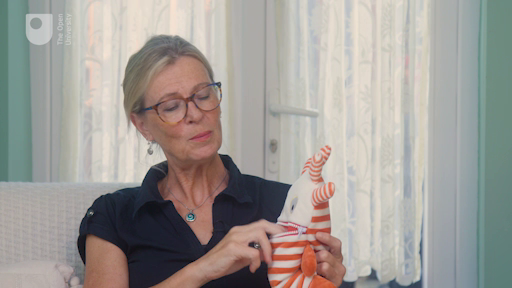
Transcript: Video 7
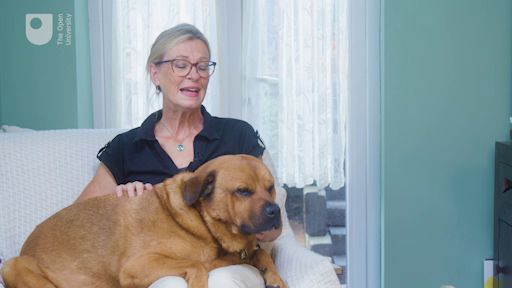
Transcript: Video 8

Transcript: Video 9
After watching the video clips, note your responses to the following questions:
- How would you describe the key aspects of the counsellor’s approach to working with children explained in the videos?
- In what ways does Christine suggest her role is different from other adults who might be supporting children?
- What processes were described in each of the three counselling phases Christine mentioned?
- How did Christine explain the ways in which she uses her therapy dog, Sammy?
- Which activities demonstrated by the counsellor interested you the most?
- Why do you think that was?
- How do you think children would respond to the different activities?
Discussion
In the video clips you will have noticed how Christine, the counsellor, stresses how she keeps the child at the centre of her focus and is very much guided by what the child chooses to do. Christine’s role is more of a ‘watchful presence’, allowing the child to explore their environment and their feelings and reactions while she ‘actively listens’ to what they can share with her. These processes may well remind you of the role of the adult listening to children in early years’ settings, as you explored in Session 5.
